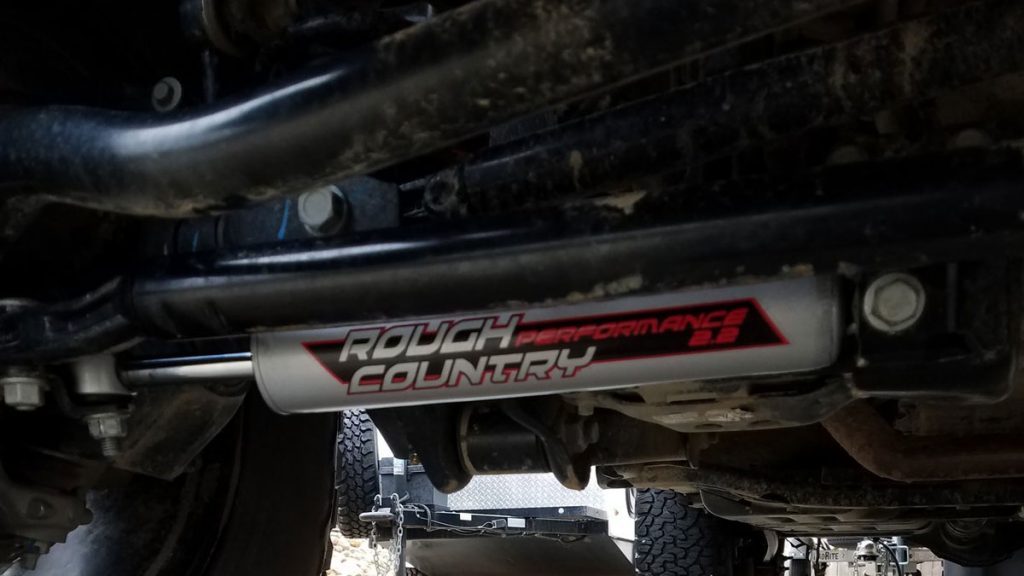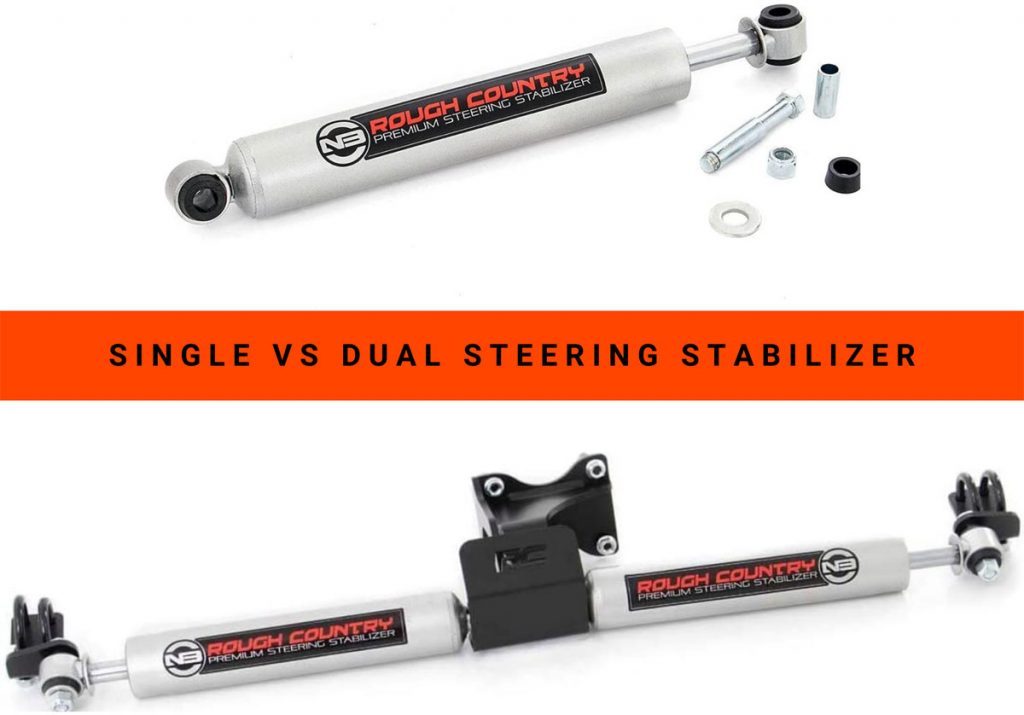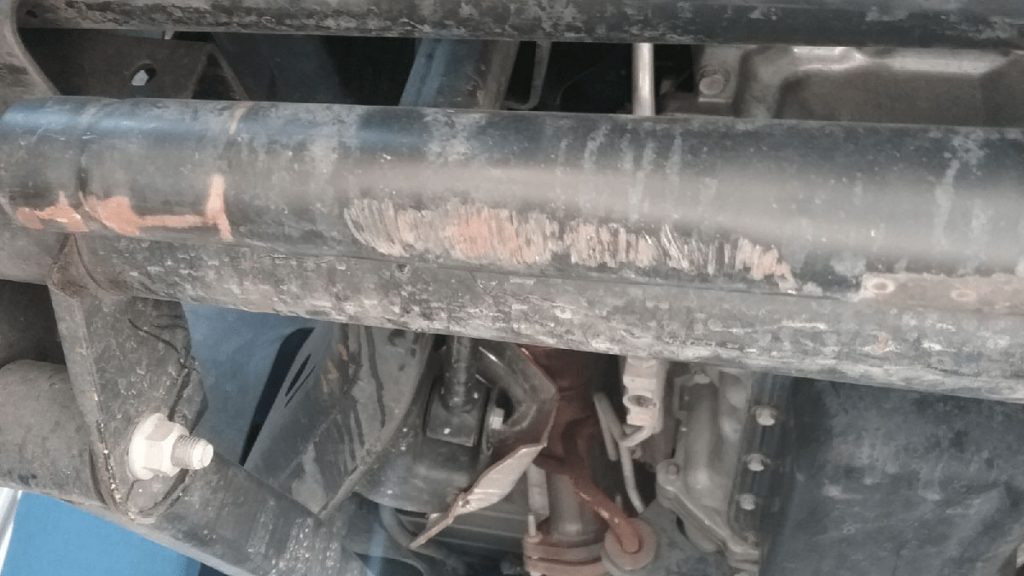If you’re a jeep, truck or pickup enthusiast, chances are you can’t drive past a driveway without taking a peek at the wheels and tires.
The steering stabilizer is a key component of your car’s suspension system and it helps reduce vibrations and shimmies.
As it’s a vital part of your vehicle you should know how to test a steering stabilizer by analyzing its response to an abrupt turn or sudden stop.
So, here’s a quick article to guide you in testing your vehicle’s steering stabilizer. It is important to know if you need to replace this component before it breaks down on the road, especially when driving at higher speeds.
How To Test A Steering Stabilizer?
Everybody knows that driving a car is an adventure. But did you know how much of an adventure it can be when the steering isn’t working right? That’s why it’s important to make sure your steering stabilizer is in good shape before hitting the road.
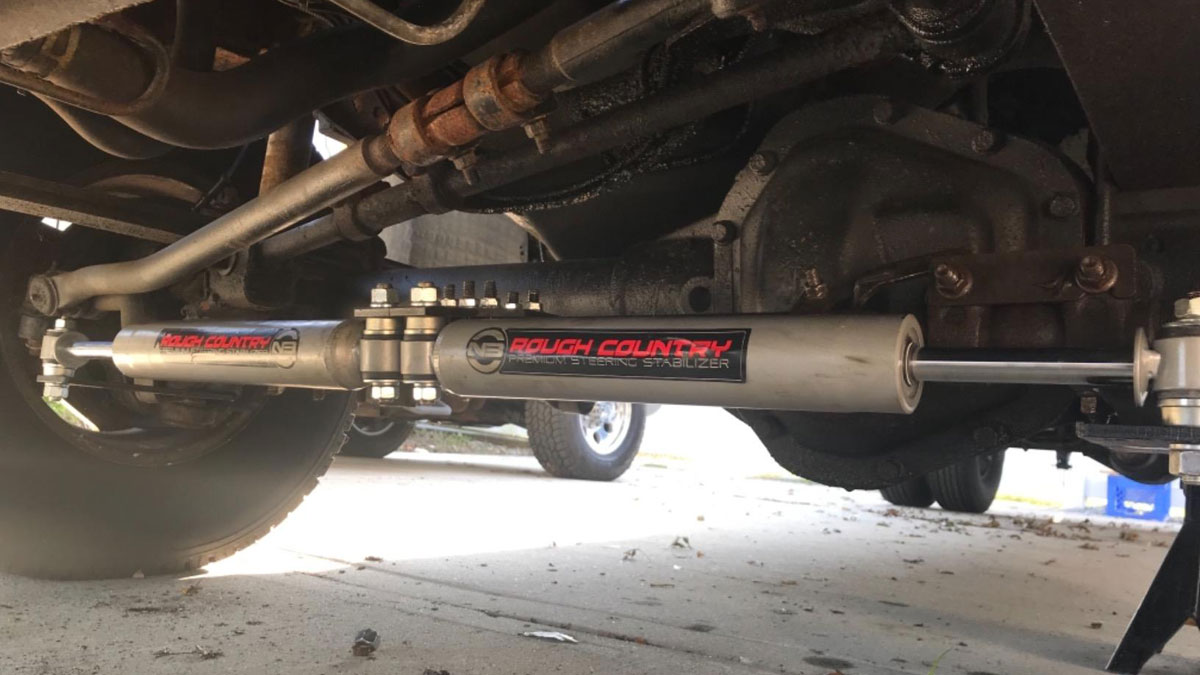
Luckily, you can conduct a diagnosis of a steering stabilizer pretty easily. Now, let’s find out how to do that or what symptoms you should be aware of.
-
Unstable Steering
How does it work? A steering stabilizer helps keep your tires in their lane by reducing vibration from bumps in the road. To test yours, put the car into neutral (or park) and let go of the wheel.
The car should not move more than an inch or two off course with just slight movement of the wheel while in motion. If it moves too much, then that means that there is either a problem with your stabilizer or one of its mounting points – and you may want to get it repaired ASAP!
-
Leaking Hydraulic Fluid
Another way to check your vehicle’s steering stabilizer is by checking its hydraulic fluid. The more fluid that moves through the device, the better job it does at reducing vibration.
But if you see any leaks when you have someone sit in the driver seat while you slowly turn or accelerate, then this means that there might be a problem with your vehicle’s steering system.
-
Shakey Steering Wheel
It’s a common problem. You’re driving on the highway, accelerating to merge with traffic. Then, all of a sudden, you feel your steering wheel start to shake.
But it should not happen when you’re driving at a high speed! What is going on? Well, it’s time to check your steering stabilizer as the shakiness is trying to warn you that something is wrong.
-
Clunking Noise From The Vehicle
Clunking noise coming from the vehicle is pretty worrying. If you consult a mechanic, they would surely tell you that your stabilizer has worn apart, which caused the clunking noise when you steered.
So, what should you do in this case? You need to replace the stabilizer with a new one rather quickly. So, if you are hearing such a noise, don’t delay with the replacement.
What To Check Of A New Steering Stabilizer?
Now that you’ve made up your mind to replace the steering stabilizer, there are some things that you need to be mindful of before making a new purchase.
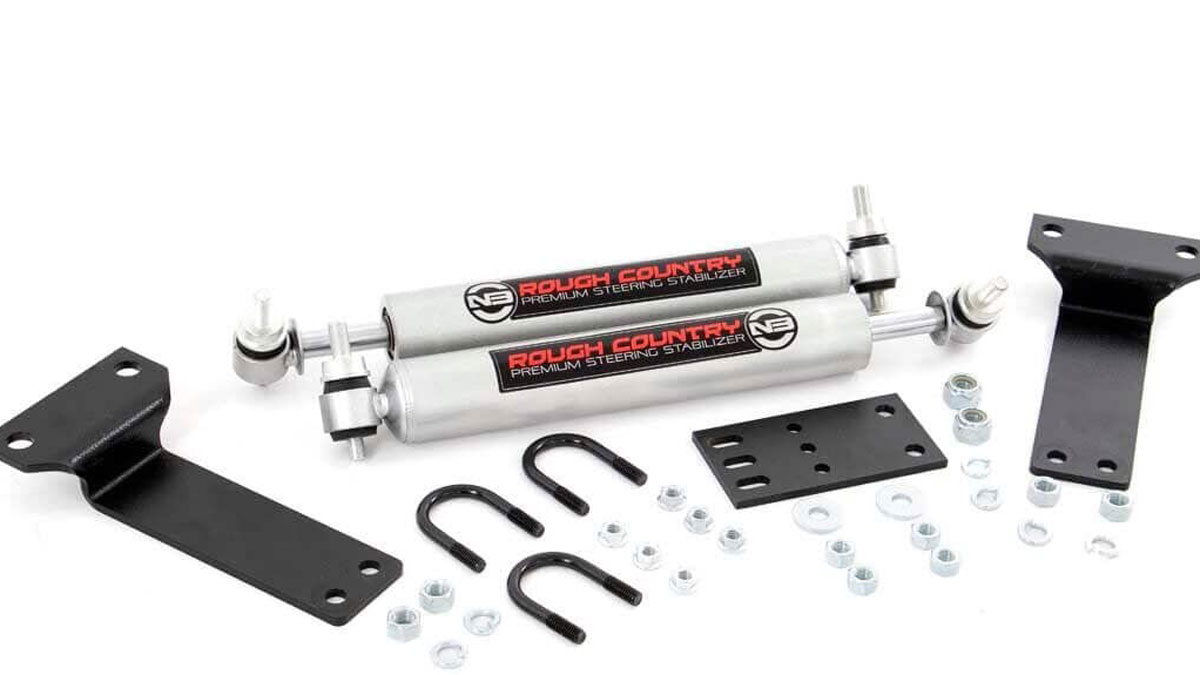
So, read down below carefully if you’re interested to know what to check for a new steering stabilizer. There are six things that I think are important to look at when installing your new stabilizer.
-
Compatibility Checking
First of all, check to ensure the stabilizer is compatible with your car’s make and model. There are numerous models available in the market. But all of them don’t have a universal design. You can also compare single and dual stabilizers to find the right one for the best performance.
So, unless you buy a steering stabilizer that’s compatible with your car, you’ll be wasting your money down the drain.
-
Leakage Testing
This is another crucial aspect. Make sure there are no leaks anywhere in or around the unit.
-
Fluid Level Checking
Check that the fluid level is correct and if not, fill with fresh fluid. Then if the level seems appropriate, only then, purchase the new one.
-
Starting The Car
Start your car and turn sharply to see how it reacts. If it doesn’t hold steady, something might be wrong with the mounting bracket or bushings inside the engine compartment. That’s how you know that it’s not the right model for your car.
-
Determining Operation Method
Determine whether or not you need a hydraulic or electric operation- this will impact installation costs and what type of vehicle it can be installed on (electric only works on cars without power steering).
-
Selecting Stabilizer Option
The last one is to figure out if you want an adjustable stabilizer for better performance at different speeds; pre-set for high-speed driving or one that has both options available to choose from.
This is solely based on your preference. So, ask yourself how you like your car’s speed and then make the choice accordingly.
How To Do A Test Drive After Installing New Steering Stabilizer?
A car enthusiast should always get in the driver’s seat after installing a new steering stabilizer. The last thing you want is to take your car for a test drive and find out something went wrong with the installation or that it isn’t working properly!
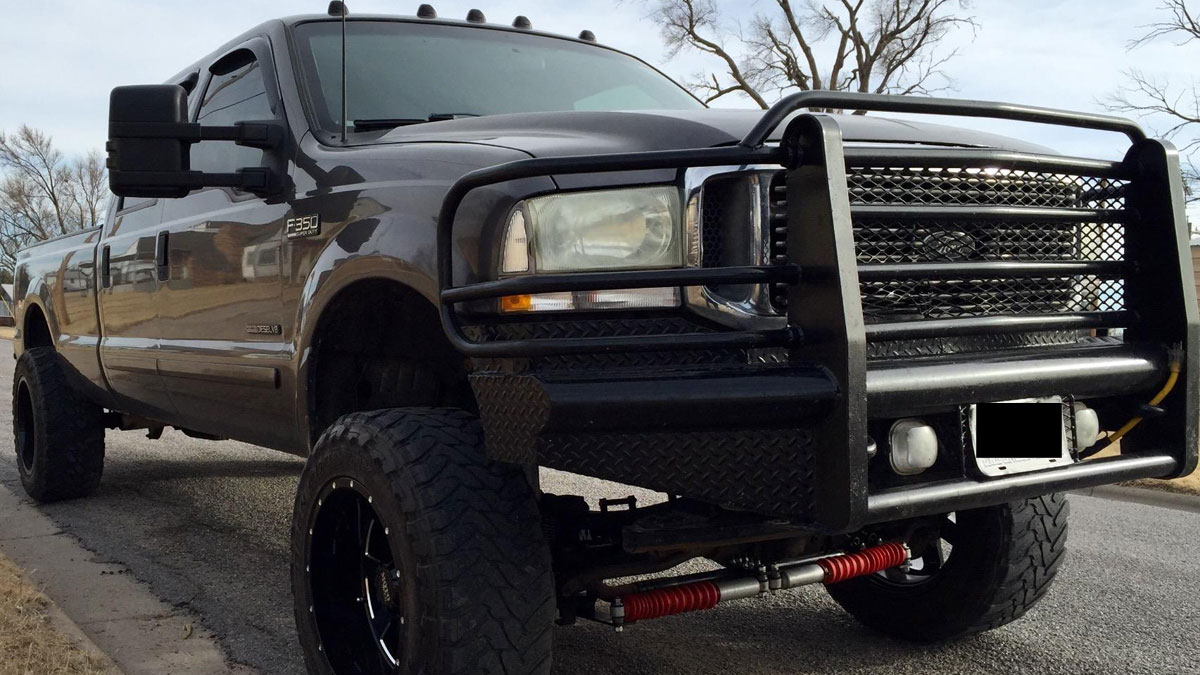
If you are reading this, you might have just installed a new steering stabilizer. So, you should have a test drive to make sure all the work was done right! Check out these tips for an informative and unforgettable experience.
-
Safety Precaution
The first thing you’ll want to do is find a safe location with plenty of space around it. When testing the vehicle’s handling, it’s not good for other cars or pedestrians to get in the way! Make sure you wear your seatbelt and have a helper standing next to you.
-
Start The Vehicle
Next, turn on your headlights so other drivers can see you better while driving.
Then, start your engine and pull away from the curb slowly. Remember, don’t try any hard maneuvers yet!
Just Take it easy on the gas pedal, or else your car might shake because of the added stability.
-
Test Driving
Now comes the fun part! Start doing some turns into corners slower than usual as this will help with stability as well.
Avoid braking hard as this could cause over-steer, making the back end of the car swing out too quickly and leading to an accident. It’s best not to risk it if you are not sure what you’re doing!
Some people think they can’t do a test drive after installing a new steering stabilizer. That’s not true! The only thing you need to be careful of is going over bumps or potholes too quickly, as this may cause the car to lurch forward or back due to the difference in suspension height.
As long as you’re careful and don’t go crazy with your newfound handling abilities, there’s no reason why you can’t have some fun behind the wheel!
Final Words
So, did you learn how to test a steering stabilizer from this write-up? We hope so!
Remember that the best way to avoid automobile accidents due to faulty motors and other equipment is by scheduling regular maintenance on your vehicle. If you have any issues, address them immediately before they worsen or cause an even more serious accident.

